
In Search of Lost Endings
Or: All's Well That Ends Well
In its most basic form, story structure seems like a simple thing. Beginning, middle, end, maybe a few detours along the way. But many of our modern stories seem unable to reach a proper ending.
Endings provide stories with meaning and emotional weight. Even in tales that intentionally lack structure, the place where the creator decides to say goodbye to the characters sends a message to their audience. The journeys taken in the story, including by the plot, the characters’ inner selves, or even by the setting, define a trajectory, a direction that says something to the audience whether the storyteller wants it to or not. More often than not, endings leave the audience unsatisfied because they seem randomly picked, they are the same as their beginning with no obvious effect of the journey, or the ending leaves such an obvious opening to a sequel that it’s painful to witness.
If the story’s ending isn’t carefully constructed, in the words of Adam Ganzer, “You die Twin Peaks or live long enough to be Lost”. In other words, it’s better for your story to be canceled than for the audience to realize you had no idea where you were taking them.
Endings, Endings Everywhere
The stories we typically consume these days (TV shows, movies, novels, games, etc) generally fall into two categories. In the first, episodic stories, a set of relatively static characters (static as in their characteristics change very little) encounter varying situations. A few well-known examples include Seinfeld, Sherlock Holmes and most superhero movies. Perhaps the character seem to make growth in one or more areas in a particular story line, but the next time we see them, they’ve returned to their archetypal selves. The second type are what I call one-shot stories, tales where characters change significantly and permanently over the course of the story, ending as a very different person usually through some kind of growth.
I should note these are not common terms; I created them for the sake of this discussion. There may be more formal/academic terms for these ideas.
It’s important to note that the format of the story doesn’t always correspond to the type of storytelling. For example, Avatar: The Last Airbender[1] is an episodic format but it conveys a development arc for each of the main characters (and for its world) over its 61 episodes. Thus, the storytelling format is one-shot. On the other hand, a film like the Mummy[2], which as far as I am aware was not originally planned to have sequels, tells the story of a group of lovable adventurers who make almost no significant personal changes throughout the film. And it is still an enjoyable film. So the key difference is whether the characters’ journey is more external or internal. And of course, stories can include elements of both but one side usually wins out over the other in the interest of making the story approachable and compelling. Neither style is fundamentally better; each can tell an entertaining or enlightening story.
In either case, endings are necessary. In the one-shot style, the ending selected tells the audience what the character’s change was. End too early or late and the meaning changes entirely. For episodic stories, any potential character changes have to be wrapped up before the story can truly end, usually by having the character learning to appreciate who they already were. If this circle is not closed, the creator risks sending a message about character growth they did not intend or leaving the audience feeling unsatisfied or cheated.
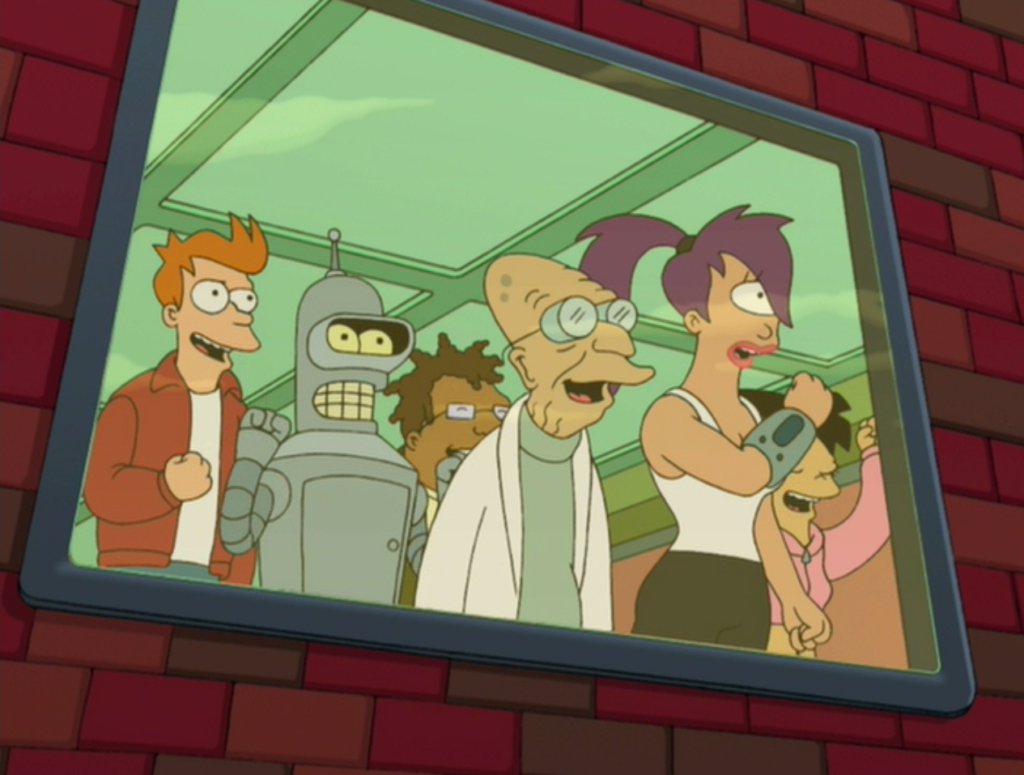
So no matter what kind of story you tell or how you tell it, there’s no excuse for neglecting your ending.
Purposefulness
But what do endings do? As indicated above, they have a huge influence on the type of message and emotional journey stories convey. And there is no way to avoid conveying something as one has to end the story somewhere.
Endings have this effect because they, along with the beginning, frame everything in the story. Star Wars[3] depicts a vast galaxy, a universe that is apparently infinitely extendable, but we start at the verge of Luke Skywalker’s adulthood and end when he has become a mature, confidant and compassionate Jedi and member of his society. Despite all the flaws in the Star Wars original trilogy, one of the reasons it was so memorable is because it is an extremely well framed story. Just from the above description, it’s obvious that the major meaning and emotional journey is the growth from a young man having adult moral and emotional decisions thrust upon him and needing guidance to navigate them to eventually being capable of handling those decisions on his own, accepting and asking for help in a mature fashion and even guiding others along their own journeys. The sub-arcs delineated by each of the trilogy’s movies also focus on discrete, meaningful sub-journeys. If we entered the story earlier, Luke’s transition from younger teen to older teen would likely add nothing to his overall journey and confuse the meaning conveyed. Extending the ending would show us a mature Luke continuing to be mature; what’s is the message in that arc? What’s the point?
By framing the story, the beginning and the ending act as a call and response. We start at a certain place and the audience asks, so what? The ending should answer that ‘so what’.
Additionally, as the primary pillars of the story structure, having a well planned beginning and end can give the story better pacing. When no ending is planned, the continuation of the story can feel like a meandering, pointless journey. Moses’ wandering for 40 years in the desert only became meaningful to the Jewish people when they finally reached their new homeland, an ending. When the audience doesn’t feel like the story is evolving towards something, they feel cheated and mislead. Soon they abandon ship, much like in the case of the TV show Lost[4].
Endings, obviously, often also give a sense of closure. People’s impression of an entire work is influenced in great part by how they remember its ending[5]. So creators should design their ending to convey the same message they want the entire work to convey. If the story is supposed to make the audience feel unsure and off-put, then an ending that doesn’t provide traditional closure is, in fact, the right kind of closure. The right kind o closure makes the story all the more memorable.
And a story with poor closure won’t be memorable at all.
Why, Why, Why
Story creators fail to develop satisfying, well thought-out endings because of a few, very obvious but very easy to fall into traps. The first is excitement over a cool idea. “What if humans were bio-engineered by robots and we were their Westworld?!” The storyteller thinks of a cool premise or mechanic and starts creating. And they start putting the story out into the world before they ever think, “Where is this going?” Perhaps they never think of that question, instead continually using the story to examine so many what-if scenarios. But these what-ifs never go anywhere; they merely are. Soon the audience tires of the lack of fulfillment and lets the entire story go. The creator has not only failed the audience but also the interesting concepts they examined in their story. Every good what-if needs a so-what. That’s what makes them so enticing and captivating.
When an audience takes an interest in your story, they are putting their trust in you. Fulfill that trust. Take the audience somewhere meaningful.
A second common pitfall happens when a storyteller develops a wonderful universe or set of characters for a good, perhaps even well-ended story. Then they can’t let go. They are so fond of those characters or the world they’ve created, that they want to make another story. What made the characters or world interesting was the specific circumstances and conflicts they fell into based on who/what the characters and worlds are (ie. the framing). And one assumes that by going through the original plot, said characters and world would have changed. So it wouldn’t make sense to go through the same story again, right? That would be silly, wouldn’t it? But, before we know it, the Joker has walked out of Arkham Asylum again and put Batman into another zany, creepy adventure. Never gets old [6].
Just as the creator needs to know when we should leave the particular story behind in order to end it properly, they need to know when to let their characters and worlds go. Otherwise they risk taking a story universe with a wonderful legacy, and making it the punchline of every pop-culture joke for the next 20 years.
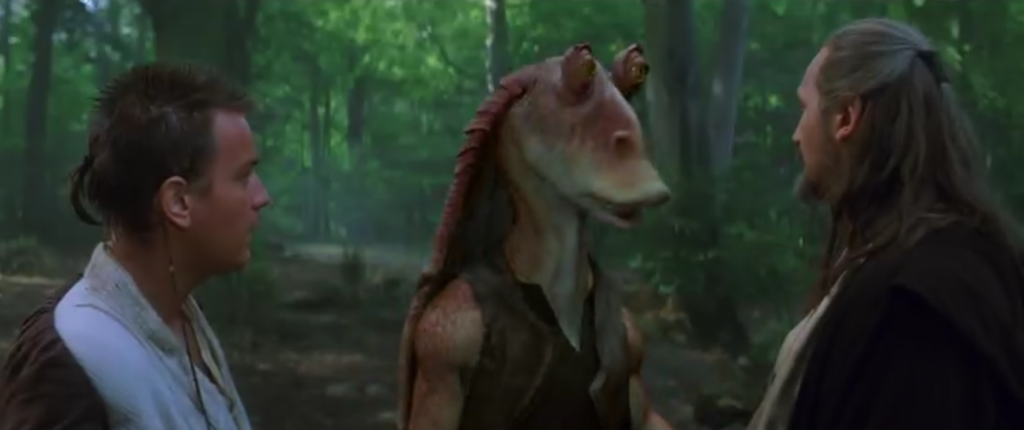
That last major reason is not due to creative failures, but the allure of the almighty dollar. When a new story is particularly successful, say like the Matrix was in 1999, market forces create huge pressure (or incentives, depending on your perspective) to double down on this new creation. Thus we can go from an examination on the meaning of reality and freedom, and end up with monster-robot-baby-faces.
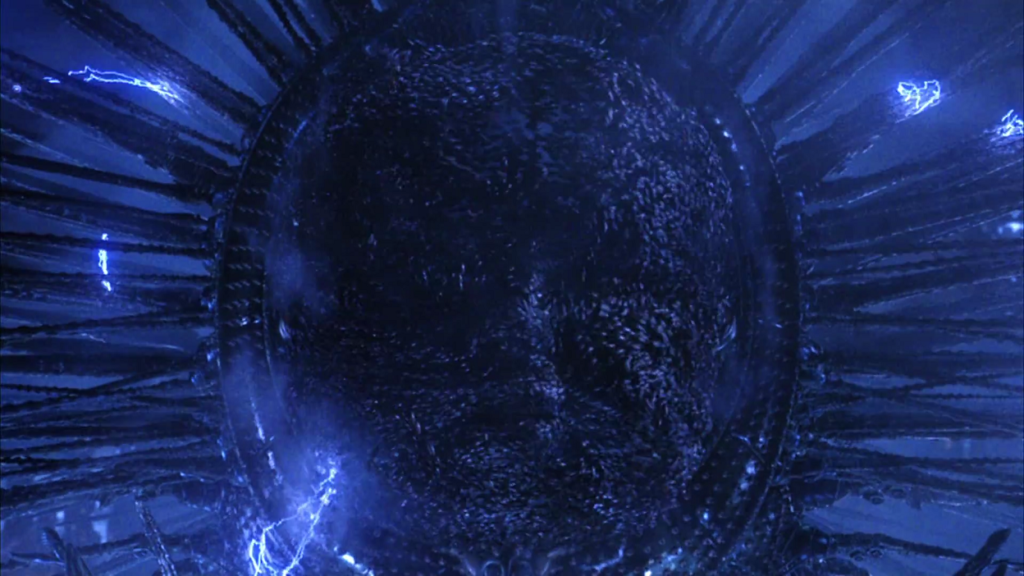
It takes guts and a level of financial stupidity to say “No, I don’t want your millions of dollars. This story is done”. But it’s often the right decision.
Sometimes these reasons get mixed together or other factors are added but the end result is the same. We end up continuing (or repeating) the original story, thus breaking the framing we needed to give it meaning. Many great stories would look silly or mundane if we examined them from other points of view or if we waited long enough to watch the characters go back on everything they’ve learned. And many potentially great stories were ruined by exactly this problem.
The Art of a Trainwreck
There are a few common methods by which story creators design the ruin of their story’s ending and thus ensure the death of the story itself.
A beloved artifact of the fabulous 1980’s is the arms race. Big? Get Bigger. Sexy? Get Sexier. Dad? Get Daddlier.
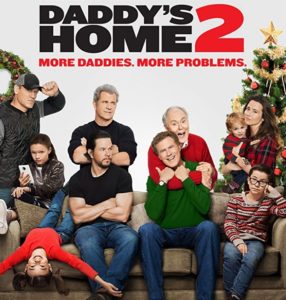
Whatever were the popular elements of your story, whatever worked well, just do it again. But this time harder. Regardless of whether it makes sense or is needlessly repetitive, just do it and do it more.
The arms race is the storytelling version of the masculine inferiority complex and works out just as well.
This tactic fails for so many reasons. Often in storytelling, more is not better because quality depends on the proper balance of ingredients. And the audience knows it’s mere repetition and will get bored all the quicker. To compensate, the storyteller has to up the stakes again and soon enough the story becomes silly to the point of (poorly) self-parodying itself.
More common to science fiction is the big secret. TV shows use this idea often because it draws in audiences quickly and holds them for at least a few seasons. The big secret is the creation of a world where the protagonists are constantly on the verge of finding out a dramatic, life-altering truth about their universe. The tension caused thereby makes the audience want to watch just one more episode to see if they’ll find out any more clues or, gasp, learn the truth about the big secret itself. But all to often, the creators never actually decided what the big secret was; they left that to be figured out later. X-Files and Lost are great examples. By their ending seasons, audience expectations were so high, it would have been almost impossible to provide a satisfying ending. And the storytellers had put so many twists and turns into the plot that few, if any, endings would make any sense when examined too closely.
If one didn’t care about creative credibility, this tactic is a great way to make money in TV. But it will give the creator and their stories a horrible reputation quickly enough and leave the audience extremely dissatisfied.
The Warcraft franchise is an example of the endless cycle problem. A major story line will focus on a) demons are trying to destroy the world and/or b) the two major sides (Alliance and Horde) hate each other and will destroy the world with their bickering. Often it’s both plot devices at once. By the end of said plot arc, a) the demons have been repulsed and/or b) everyone has made peace (often in order to repulse the demons). But (excuse my cynicism) the expansion train needs to keep rolling so, whoops! the demons are back or whoops! everyone hates each other again for some reason (usually both). The demons never die and the political situation never changes. Soon enough, the events in the world feel silly and predictable. The players soon realize nothing they do or accomplish matters because the next story update will just undo all they worked to achieve. Every demon has another demon behind them, political alliances never change, the economics of peace never pressure anyone away from a constant world war, etc, etc. The continued conflict feels forced and childish.
In order to create sequels or expansions, the setting and plot need to evolve in a logical, believable manner. Fear of choosing an unsuccessful plot line keeps storytellers repeating successful story lines over and over until all the value is beaten out of it. So treat your story lines like your favorite sweater. Wear it every single day and in no time will be full of holes and covered in stains. Wear it with respect for its fragility and value and you’ll get to enjoy it for years to come.
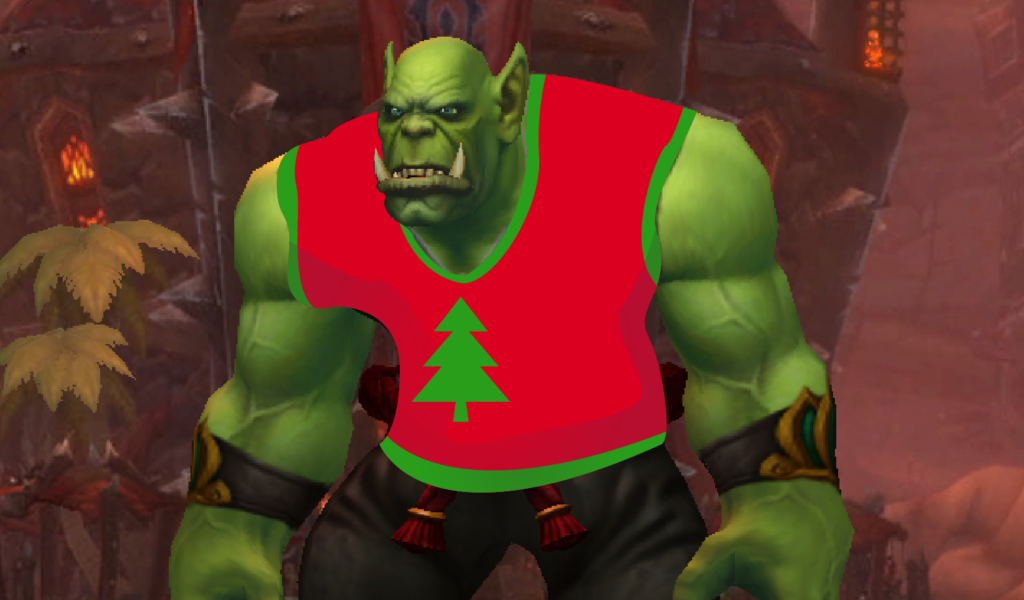
A sibling to the endless cycle is endless expansion, wherein the creator doesn’t repeat the plot but continues new plots in the same fictional universe to the point where either their universe contains one of everything possible or so much ground has been covered that the distinguishing features of their universe are lost in the noise of content. The Star Wars universe is based on the idea that the basic human motivations, represented by the light and dark sides of the force, are out of balance and equilibrium needs to be restored. The fourth through sixth ‘episodes’ depict this rebalancing (arguably one through three as well). Then someone says, I loved that, wouldn’t it be cool to watch more about Han Solo, Lando or Boba Fett? Or just some random person on some random planet?
While this prospect sounds interesting in theory, soon we’ve wandered so far from the original, defining premise that we wonder why we chose to focus so much on this particular universe in the first place. If we wanted to focus on a roguish smuggler, we could have just watched Firefly or any number of other science fiction universes whose premise is designed to highlight the most interesting parts of that type of story. It’s the jack-of-all-trades effect; when you try to do everything, you don’t do anything particularly well. Or at least memorably.
Additionally, Han Solo is framed by the beginning and end of the story to make him as cool as possible He becomes much less cool when we see him at middle age, creepily hitting on 20 year olds and still thinking he’s as sexy as ever with a bulging stomach and smelling of space Bud Light. By breaking the framing, we break the essential aspects not only of our story and plot, but also of the characters and the setting.
Other ending failures include:
- the last-minute-cliffhanger,
- the suddenly-I-discovered-another-superpower,
- the oh-the-last-antagonist-was-just-a-henchman-to-the-new-antagonist,
- the lets-introduce-a-new-terrible-character-who-exists-just-to-make-everyone-crazy
- and the ever popular then-something-random-happened.
Finishing Moves
So how can stories end well? The first and foremost thing a creator needs to do is answer the question ”So what?” Why are you creating the story? A story doesn’t need to make philosophical or social statements but it does need to depict something specific. “This story is a girl’s transition from childhood to adulthood”, “This story shows how modern technology allows stalkers to abuse and manipulate women”, or “This story depicts how the rich romanticize their interactions with the poor while dooming them at the same time”
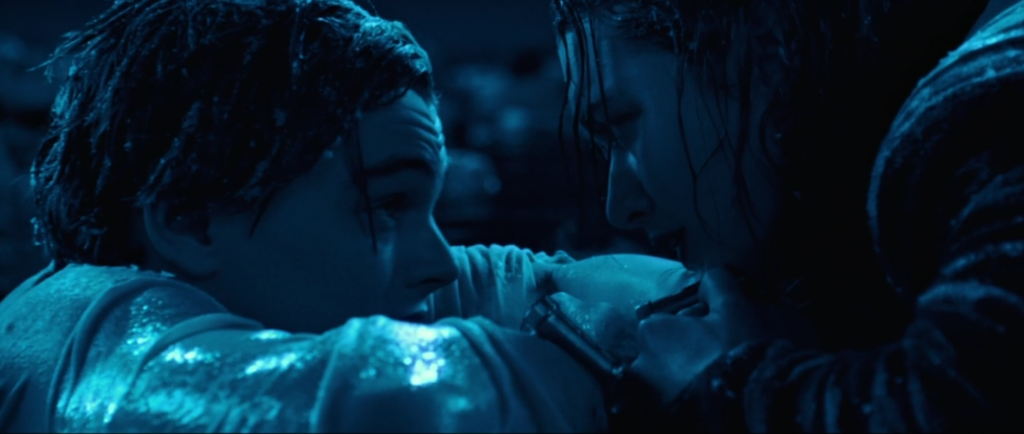
For episodic stories, these descriptions apply to each episode, rather than to the story premise as a whole.
Secondly, the storyteller must plan. Plan til the cows come home. Know what the ending is before you start putting your story out there and make sure that ending makes sense. Plan out the basic plot points needed to arrive there. Writing meaningful, entertaining stories takes work and planning is 90% of the work. [7].
Consider motivations, realistic motivations. Not silly motivations like “they’re evil so they want to do evil things”. By considering motivations within a particular context, we can see how characters want to react to that context, with their reactions creating a new context. If we follow that chain long enough, we can see how the characters will evolve and notice the point where they are no longer developing (at least in a significant way) and can choose to end the story there.
In the same way we examine character motivations, we should likewise take into account the plot, setting and premise of the story. These aspects should also direct a general evolution towards a new stage in the worlds development thus providing us with a useful arc of change and growth to frame and depict in our story.
Lastly, read the failure section from above and don’t do any of that. Really. Some of it’s quite tempting, especially when there is money involved but don’t.
In the End
A story without a proper ending is essentially not a story. A story is a journey that starts somewhere and ends somewhere. That destination needs to be carefully selected and respectfully protected in order for the audience to truly engage with the story and have a satisfying experience. Even after the fact, changing or extending endings through ret-conning sequels and extended universes can ruin the memories and nostalgia of potentially millions of people.
Thoughtfully constructing endings is an essential and inseparable aspect of storytelling. So always make sure you know where you’re going when an audience trust you to take them on that journey.[8]
Footnotes:
- [1] 2003 animated series from Nickelodeon
- [2] The 1999 monster adventure
- [3] Science Fiction franchise beginning in 1977
- [4] Mystery science fiction show running from 2004 - 2010
- [5] Known as the Peak-end Rule
- [6] It does, fast.
- [7] Not literally but you get the idea.
- [8] If you couldn’t tell, I had no idea how to end this article and I ran out of puns.